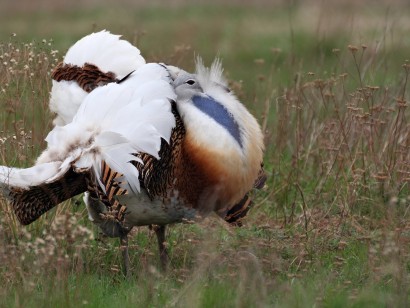Spain Trip Report (Apr 24 – May 6, 2025)
Over twelve days in spring we explored southern and central Spain, from the mountains of Málaga and the Strait of Gibraltar, to the vast steppes of Extremadura and the snow-capped Gredos Mountains. Highlights included thousands of Greater Flamingos, close encounters with critically endangered Northern Bald Ibis, the wetlands of Doñana, displaying Great Bustards and Spanish Imperial Eagles on the plains of Extremadura, and a plethora of vultures in Monfragüe. Along the way, cultural gems such as Ronda, Baelo Claudia Roman Site, Trujillo and the mediterranean gastronomy enriched the journey.
Day 1 – Málaga
We gathered at Hotel Málaga Picasso for introductions and an outline of the itinerary. Over wine and two magnificent paellas at a nearby restaurant, we began getting to know each other.
Day 2 – Guadalhorce River Mouth & Fuente de Piedra Lagoon
We began the morning at the Guadalhorce River Mouth, just a short drive from our hotel, where we enjoyed excellent views of vulnerable species such as Marbled and White-headed Ducks and a variety of waders, gulls and songbirds. Next, pausing at the entrance of a traditional cortijo we admired an impressive Long-eared Owl roosting in the shade. We spent much of the afternoon walking the trails of Fuente de Piedra Lagoon, enjoying superb birding and photography opportunities. The highlight was the spectacular colony of around 5,000 pairs of Greater Flamingos.
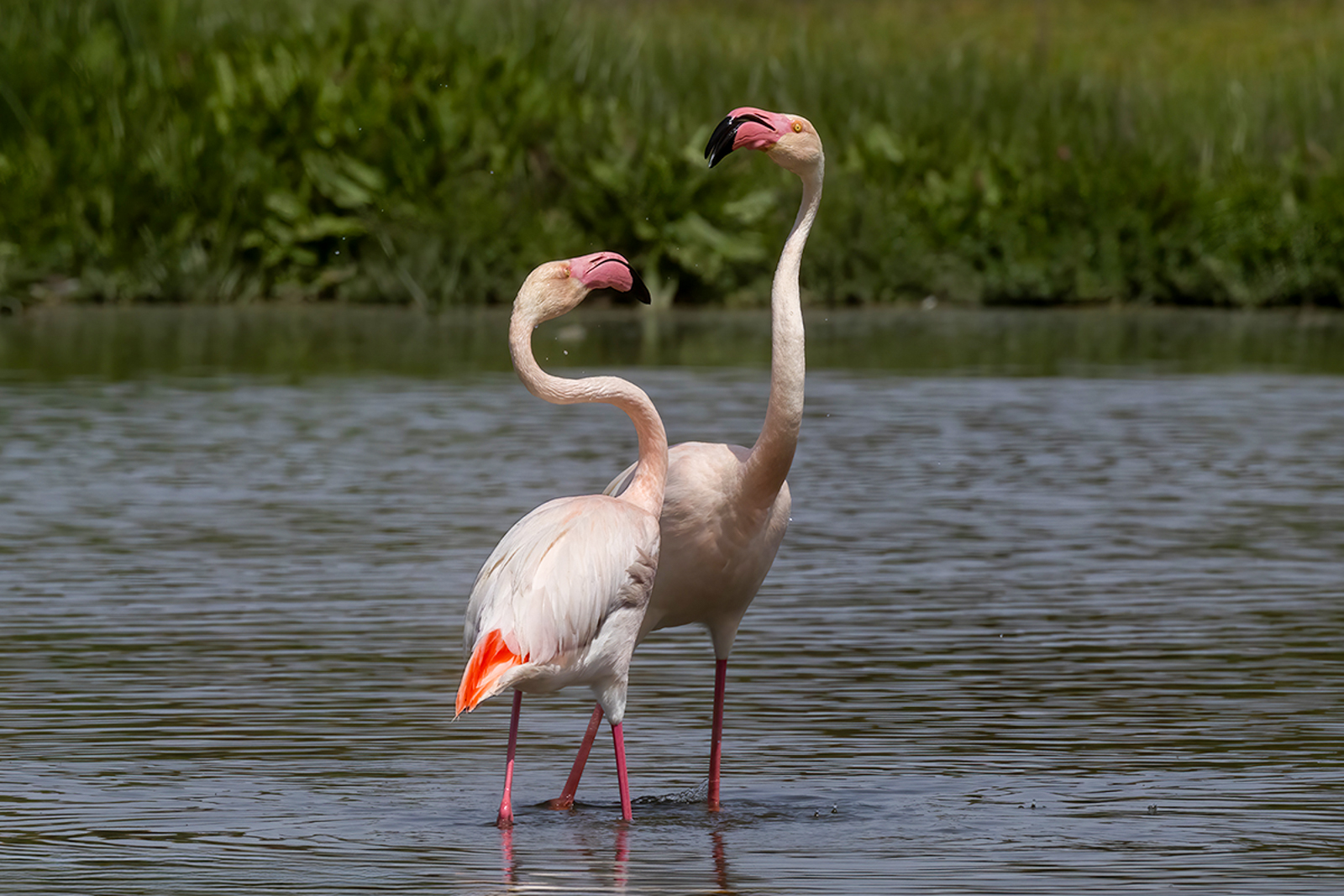
Greater Flamingos © Javi Elorriaga
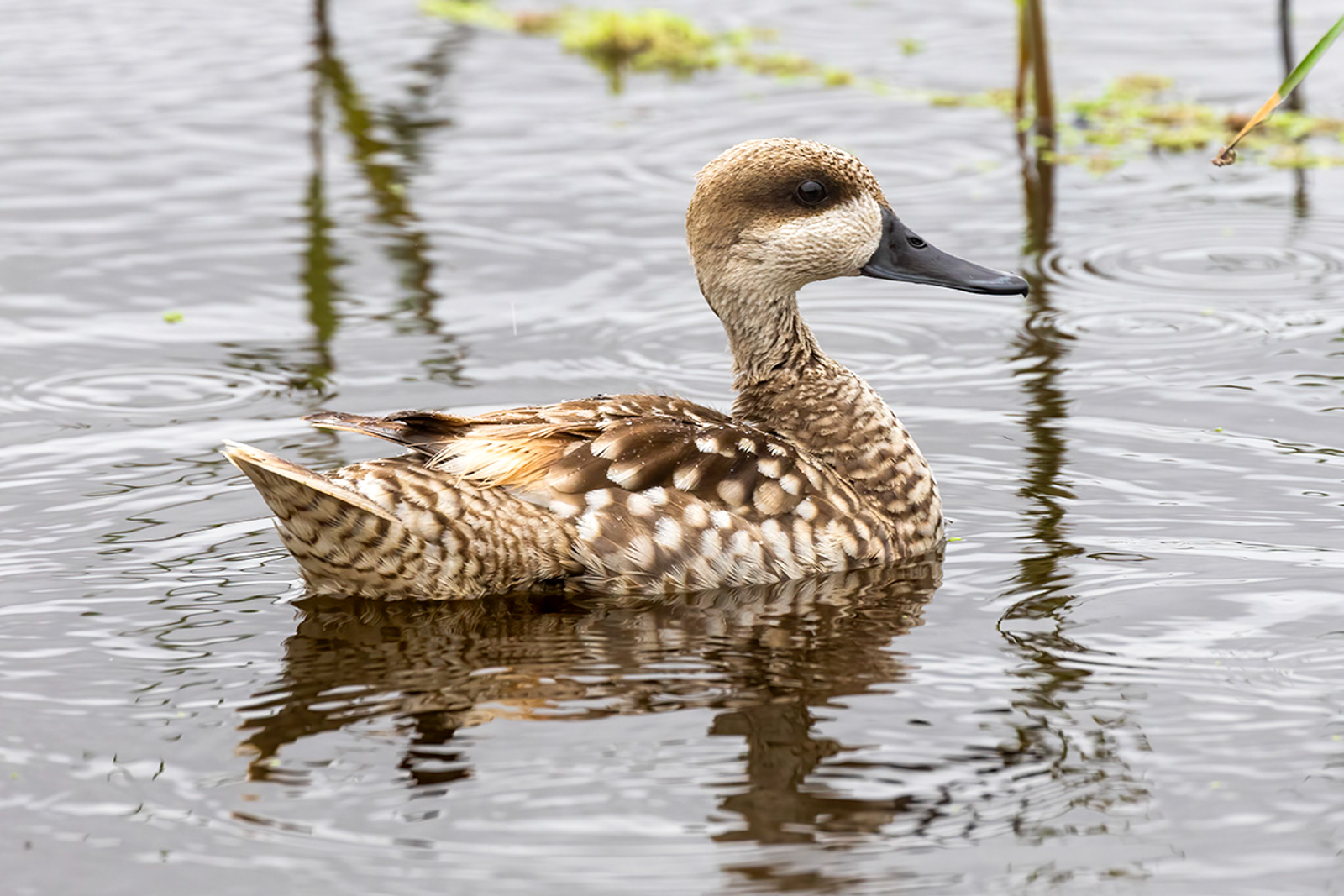
Marbled Teal © Javi Elorriaga
By mid-afternoon we climbed into the mountains, arriving in Ronda — one of Spain’s most iconic and romantic cities — just intime to watch Lesser Kestrels, Alpine Swifts and Red-billed Choughs circling over its dramatic cliffs. Dinner was a fine selection of tapas served in a local restaurant literally perched over the cliffs.
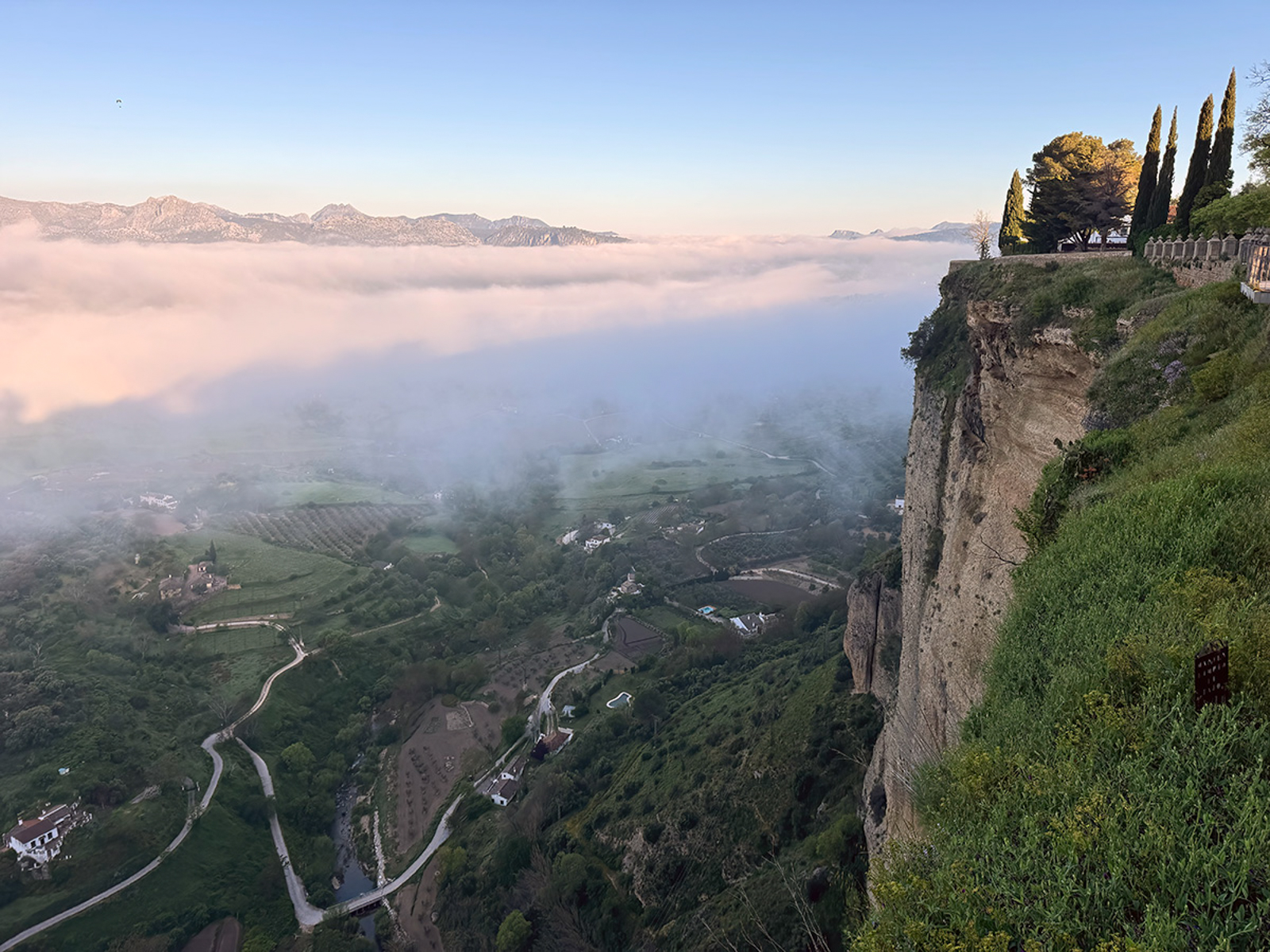
Rhonda © Javi Eorriaga
Day 3 – Serranía de Ronda, Casares and Arrival to Tarifa
At dawn we enjoyed a beautiful walk along Ronda’s dramatic Tajo, with a sea of clouds filling the gorge. We spent most of the day exploring the Serranía de Ronda— an extensive karstic landscape dotted with picturesque pueblos blancos. On our first stop we quickly spotted Black Wheatear and Iberian Ibex on the rocky slopes, while migrating Black Kites passed overhead. Lunch was a picnic enjoyed beneath an impressive rock pinnacle, accompanied by the surprise appearance of a Giant Peacock Moth. In the afternoon, we drove south through dramatic landscapes, and we got our first views of the Rock of Gibraltar and the Strait itself, with the African coast clearly visible.
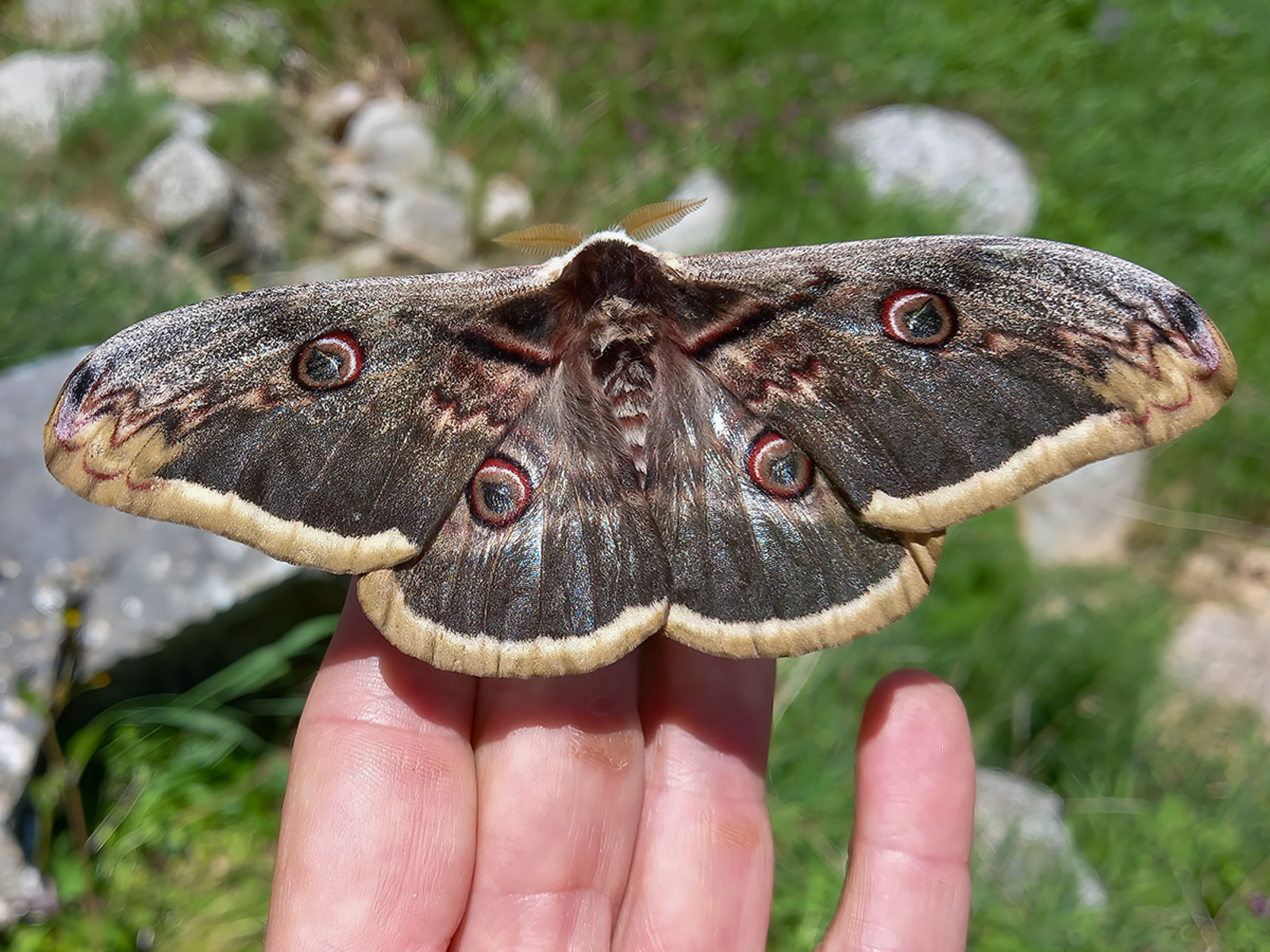
Giant Peacock Moth © Fernando Gross
Day 4 – Baelo Claudia, Sierra de la Plata and Barbate Marshes
We awoke in our charming hotel in Tarifa, the southernmost town on the European continent, set within the heart of the El Estrecho Natural Park. Our first stop was La Zarga, a stunning cliff face where dozens of Griffon Vultures nest. The call of our first Common Cuckoo of the trip added to the atmosphere. We continued to the Roman ruins of Baelo Claudia, one of the most beautiful archaeological sites in Spain. The ancient streets were alive with Thekla’s Larks and Stonechats, surrounded by colourful spring blooms and an impressive sand dune. Nearby, a pair of Little Owls posed nicely.
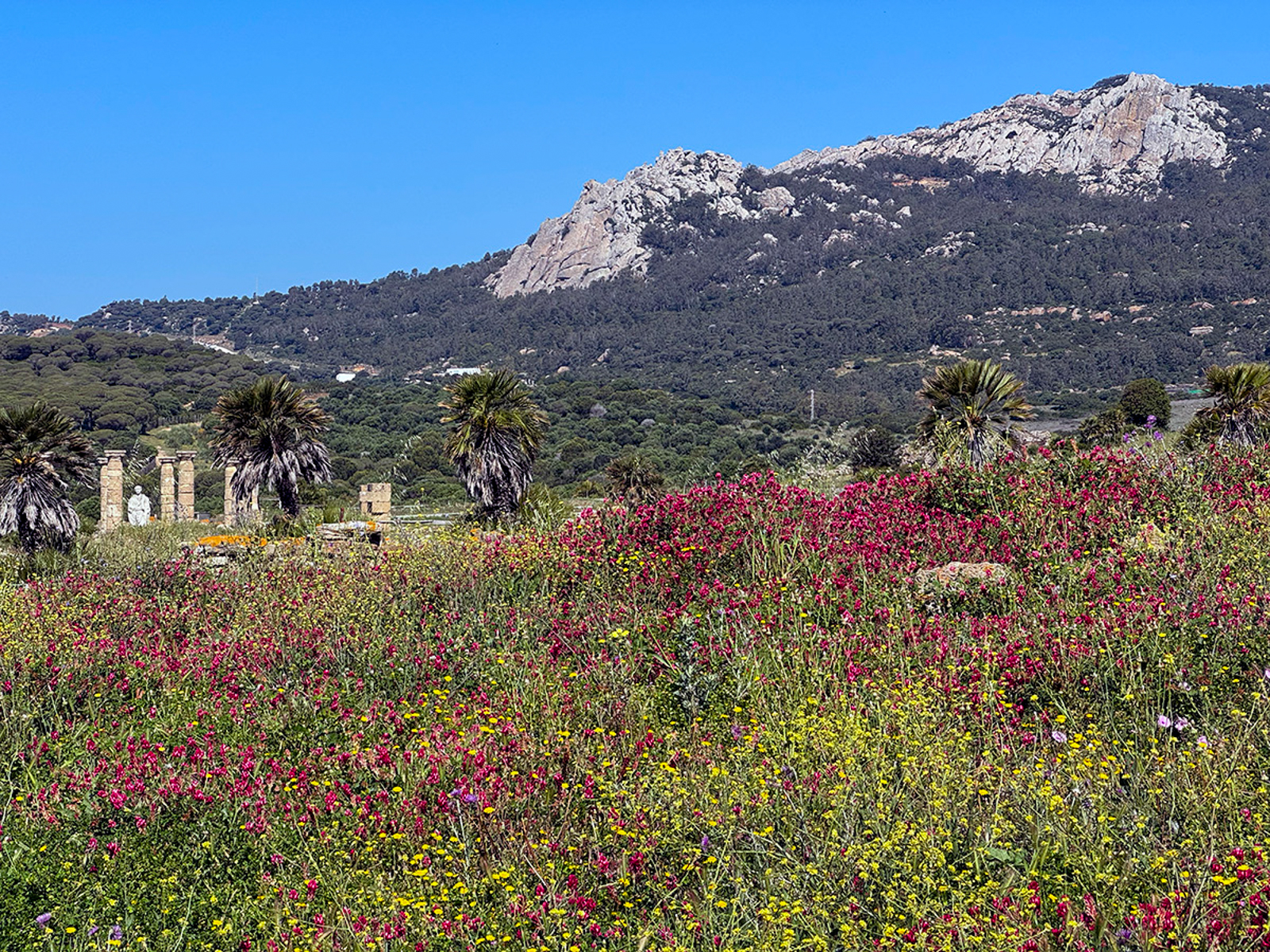
Baelo Claudia Roman Archaeological Site © Javi Elorriaga
In the afternoon we explored the Barbate Marshes, located on the Atlantic coast of the Strait. Here, Collared Pratincoles were abundant, and Eurasian Thick-knees hid among the saltmarsh vegetation. The day ended with the brilliant surprise of three Golden Orioles.
Day 5 – Bald Ibises and Northern Cádiz
With strong easterly winds battering the Strait, we headed north in search of calmer conditions. Our first destination was the nearby Bald Ibis colony— an emblematic conservation success and the result of an international reintroduction programme. Watching these rare birds at close range, with adults feeding their chicks on the nest, was voted the birding highlight of the trip. We then continued to the mouth of the Guadalquivir River. Here, Europe’s only colony of Little Swifts put on an impressive aerial show. Perfectly timed with low tide, the nearby mudflats were alive with Ruddy Turnstones, Sanderlings, Whimbrels, Red Knots, Slender-billed Gulls and Black Terns, etc. while two Booted Eagles arriving from Africa soared overhead!
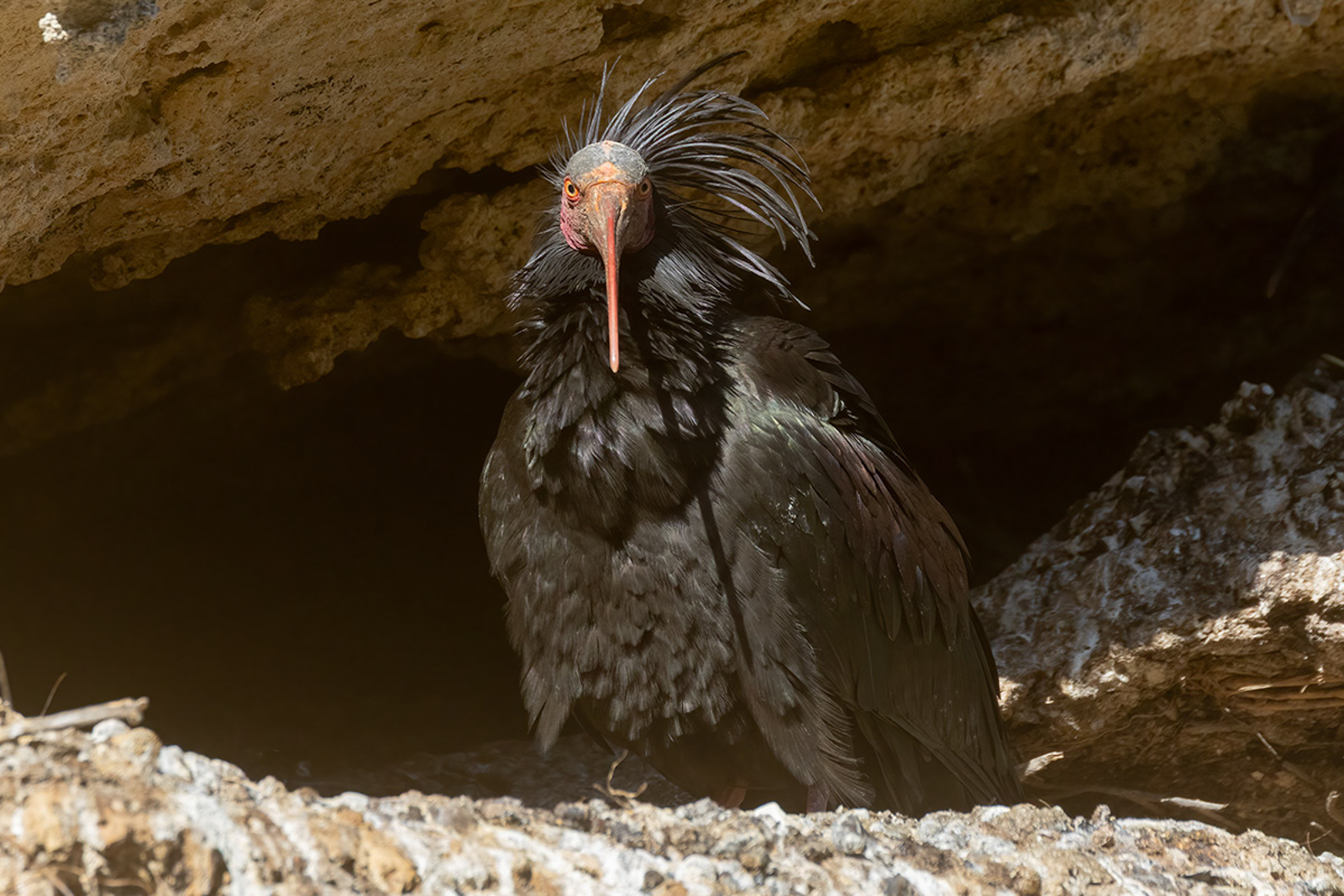
Northern Bald Ibis © Javi Elorriaga
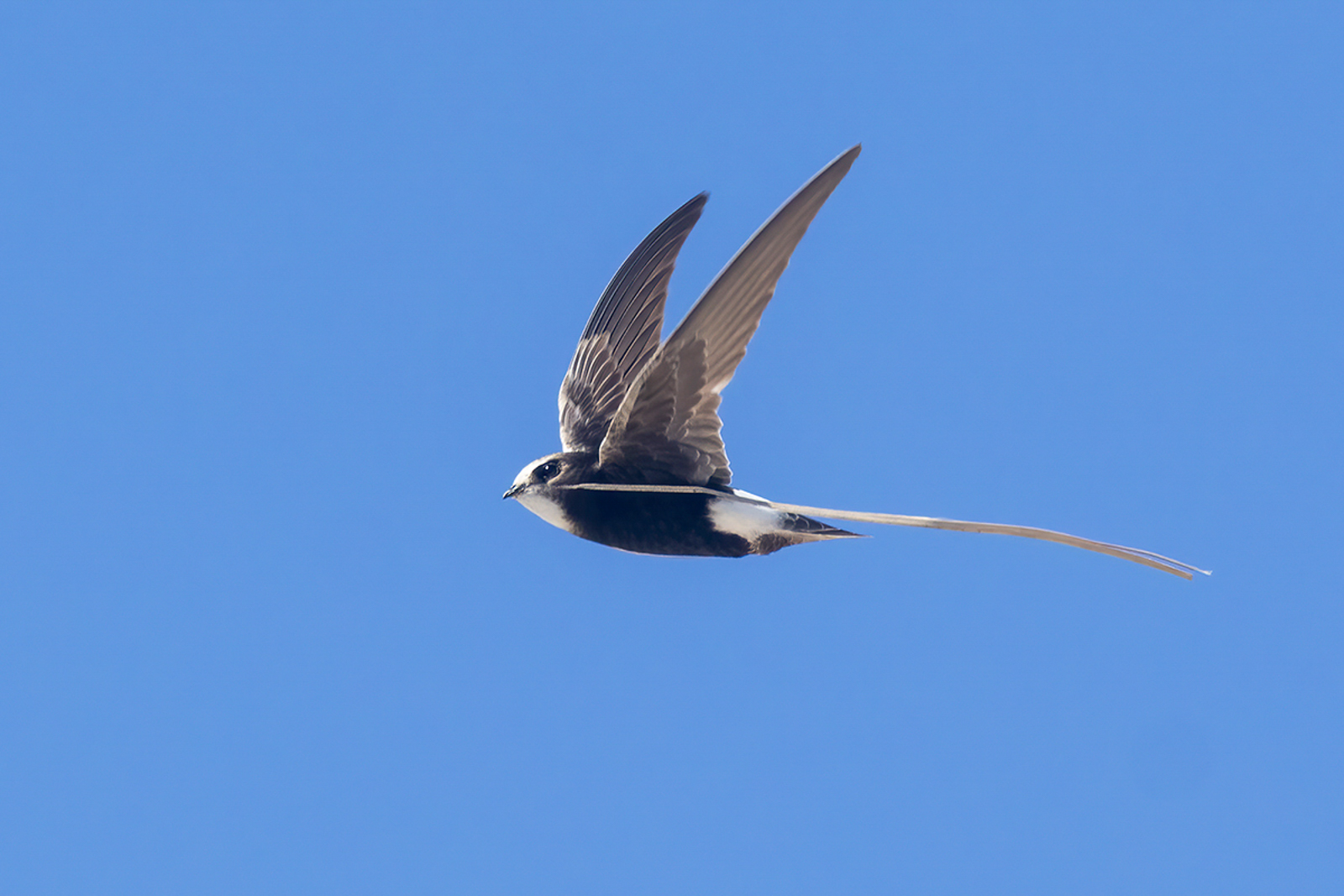
Little Swift © Javi Elorriaga
As we enjoyed lunch at a beachfront restaurant, an unexpected “apagón” — a sudden power outage affecting much of Spain – happened. It became an amusing travel anecdote, quickly resolved, and soon we were back on the road.
Day 6 – Los Alcornocales, Brazo del Este and Arrival to El Rocío
The day began under light rain in Los Alcornocales Natural Park, home to one of the largest cork oak forests in the world. Here we found one of the area’s most sought-after endemics, the Iberian Chiffchaff, along with Bonelli’s Warblers. Nearby, we also spotted Drosophyllum lusitanicum, an unusual insectivorous plant. By late morning we continued north to the wetlands of Brazo del Este. Collared Pratincoles, Purple Herons and Glossy Ibises fed in the shallows, while Marsh Harriers patrolled overhead. Splashes of colour came from Bee-eaters, and the graceful flight of Montagu’s Harriers added to the scene. In the afternoon we crossed the river on a traditional barge, long used by pilgrims travelling to the famous Romería del Rocío. This unique village, with sandy streets and hitching posts for horses, has the atmosphere of a western film set, and made for a memorable setting to enjoy dinner overlooking its main lagoon as egrets came in to roost.
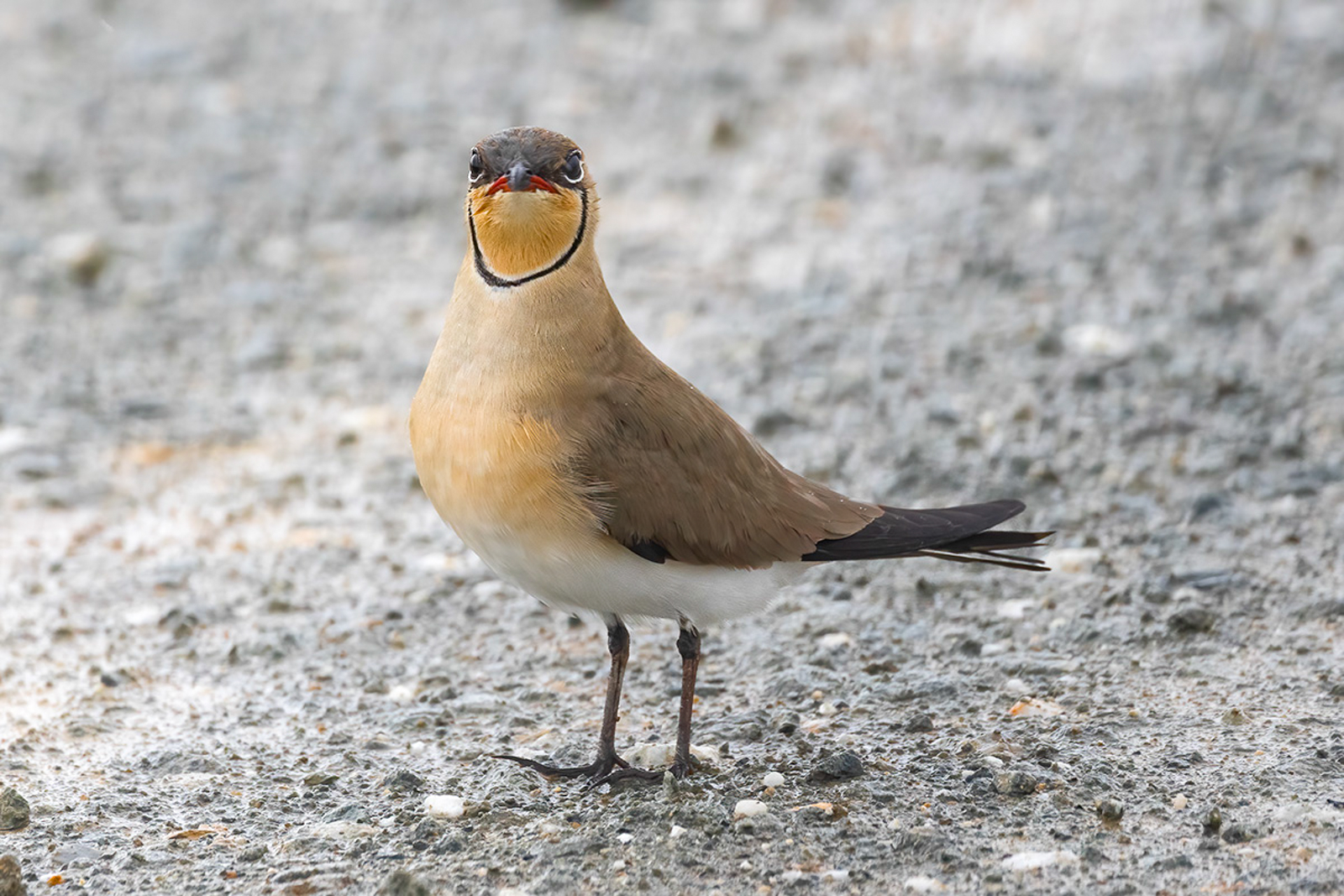
Collared Pratincole © Javi Elorriaga
Day 7 – Doñana National Park
The day began with a peaceful walk along the lagoon, right next to our hotel, where the reeds parted to reveal superb close views of a Little Bittern. From there, we set out to complete a full circuit of the National Park. After years of drought, the marshes were exceptionally flooded, creating ideal birding conditions. The result was a remarkable concentration of birdlife, including: Eurasian Spoonbills at their nests, Squacco Herons in breeding plumage, Curlew Sandpipers and graceful Whiskered Terns, to name but a few. In the surrounding pine forests, Iberian Magpies flashed their blue wings.
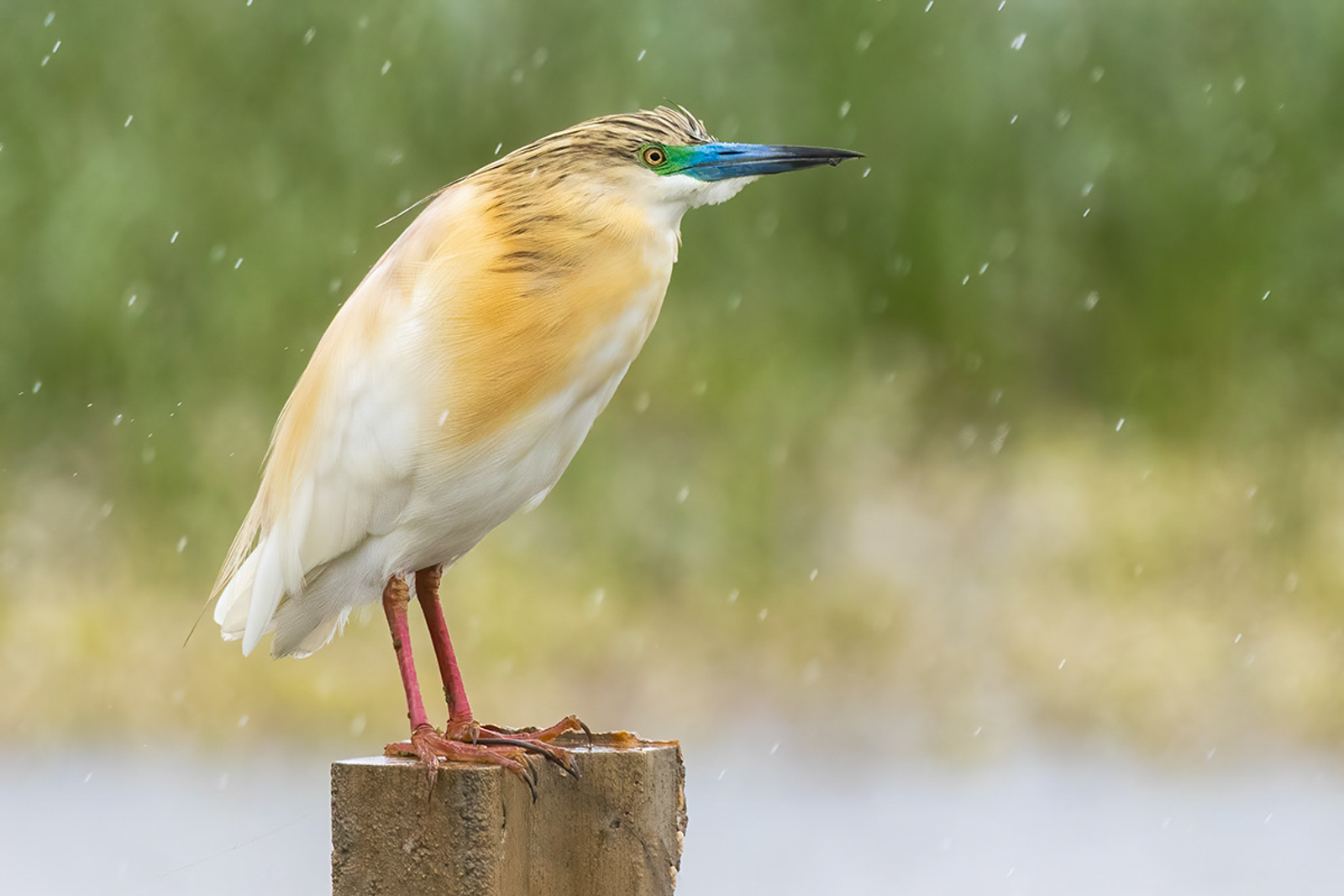
Squacco Heron © Javi Elorriaga
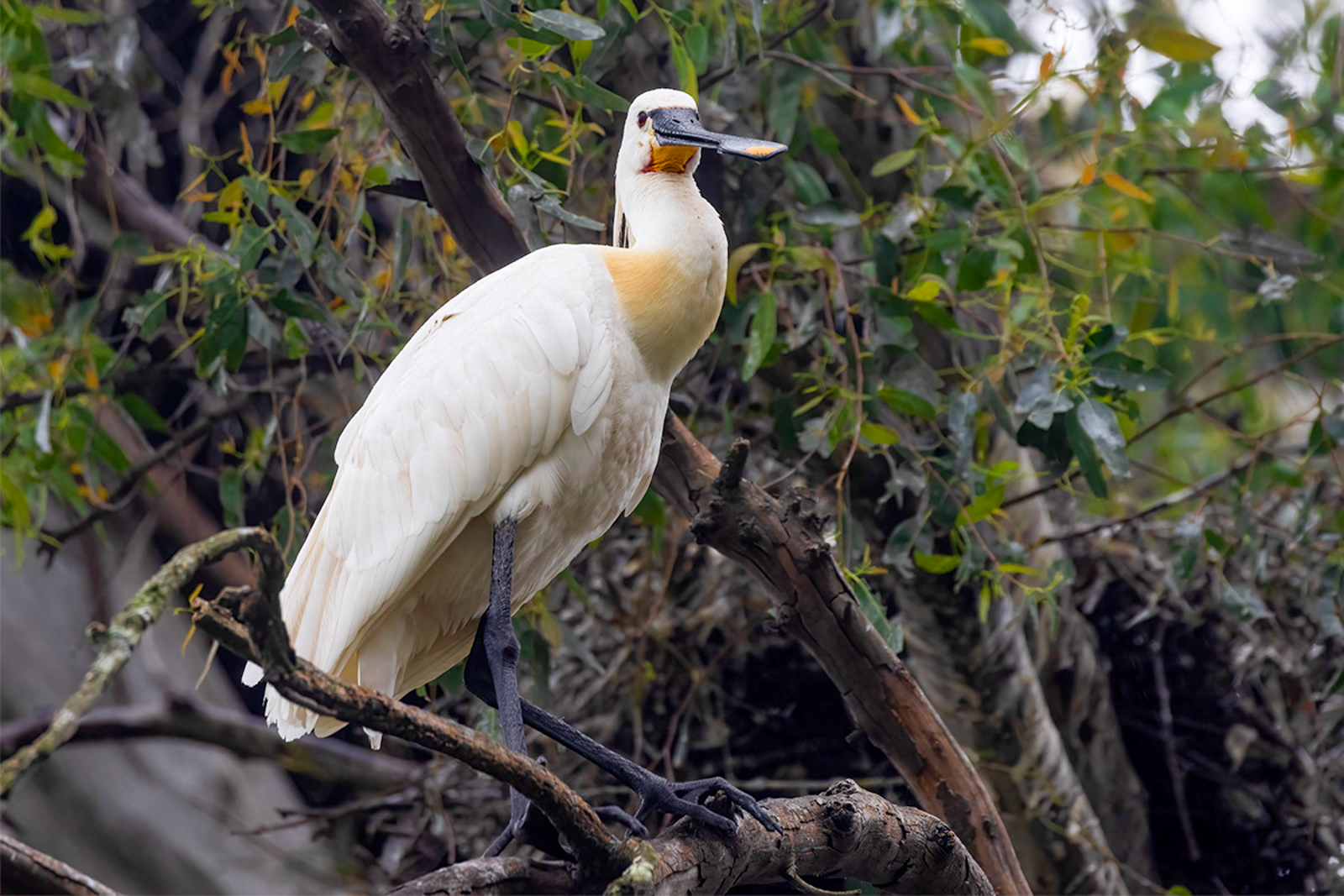
Eurasian Spoonbill © Javi Elorriaga
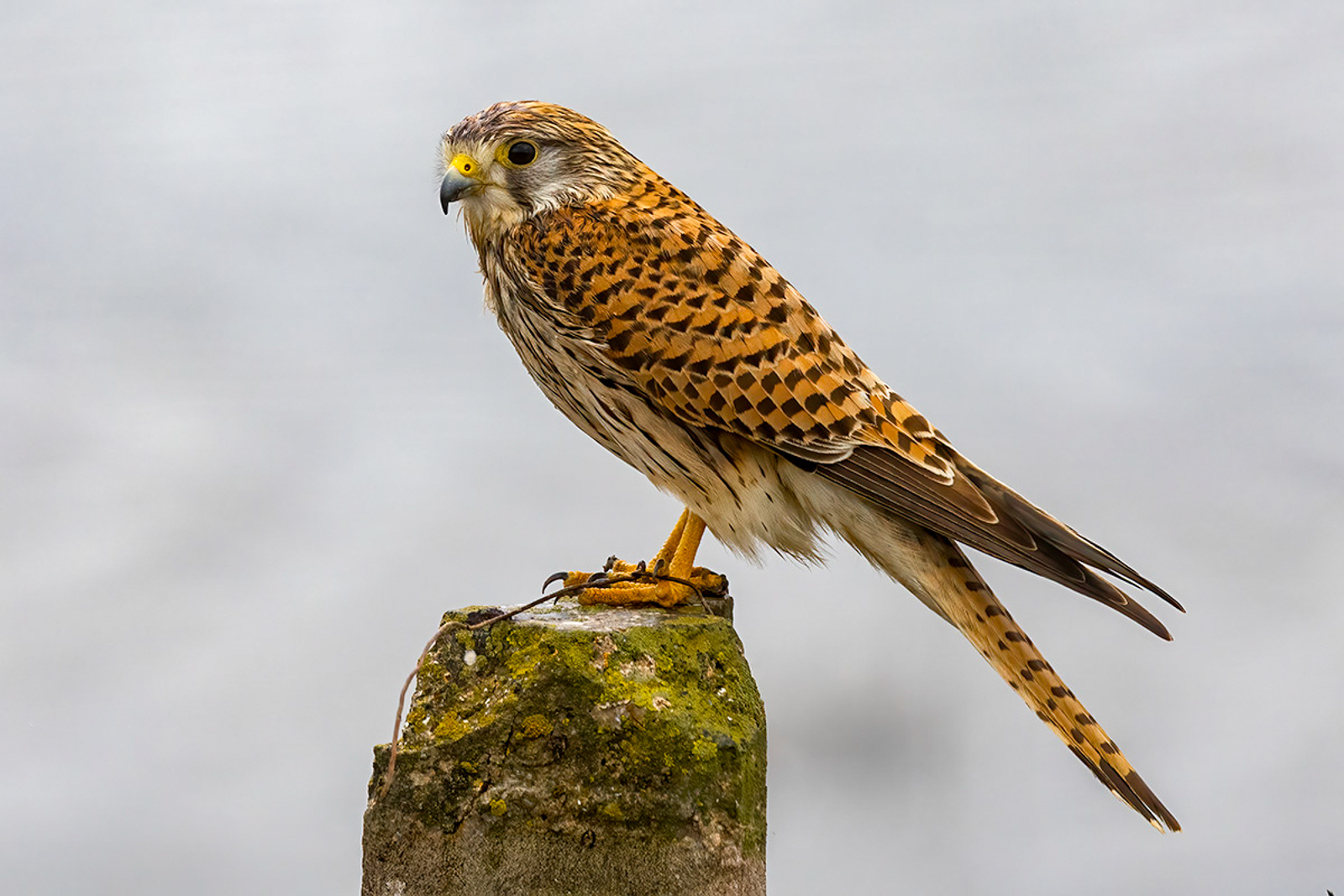
Eurasian Kestrel © Javi Elorriaga
After dinner, those who felt up for a nocturnal adventure joined an evening outing to search for the elusive Red-necked Nightjar. Thankfully, we got close views of this cryptic species.
Day 8 – Dehesa de Abajo and the Road to Monfragüe
We began the morning in Dehesa de Abajo Lagoon with a walk along a path literally flanked by White Storks nesting just metres away. After a short pause for coffee, we left Andalucía and crossed into Extremadura. Soon after entering the region, we went in search of one of the most challenging species to find, the Rufous-tailed Scrub Robin, which performed for the group in an old vineyard. Next, we visited the historic city of Mérida to bird along its famous Roman Bridge — the longest surviving example of its kind. Alpine Swifts, Hoopoes, and a bright Golden Oriole shared the scene. To end the day, we drove to the doorstep of Monfragüe National Park, where our hotel was set amidst beautiful dehesa — open woodlands of holm and cork oaks, rich in wildlife.
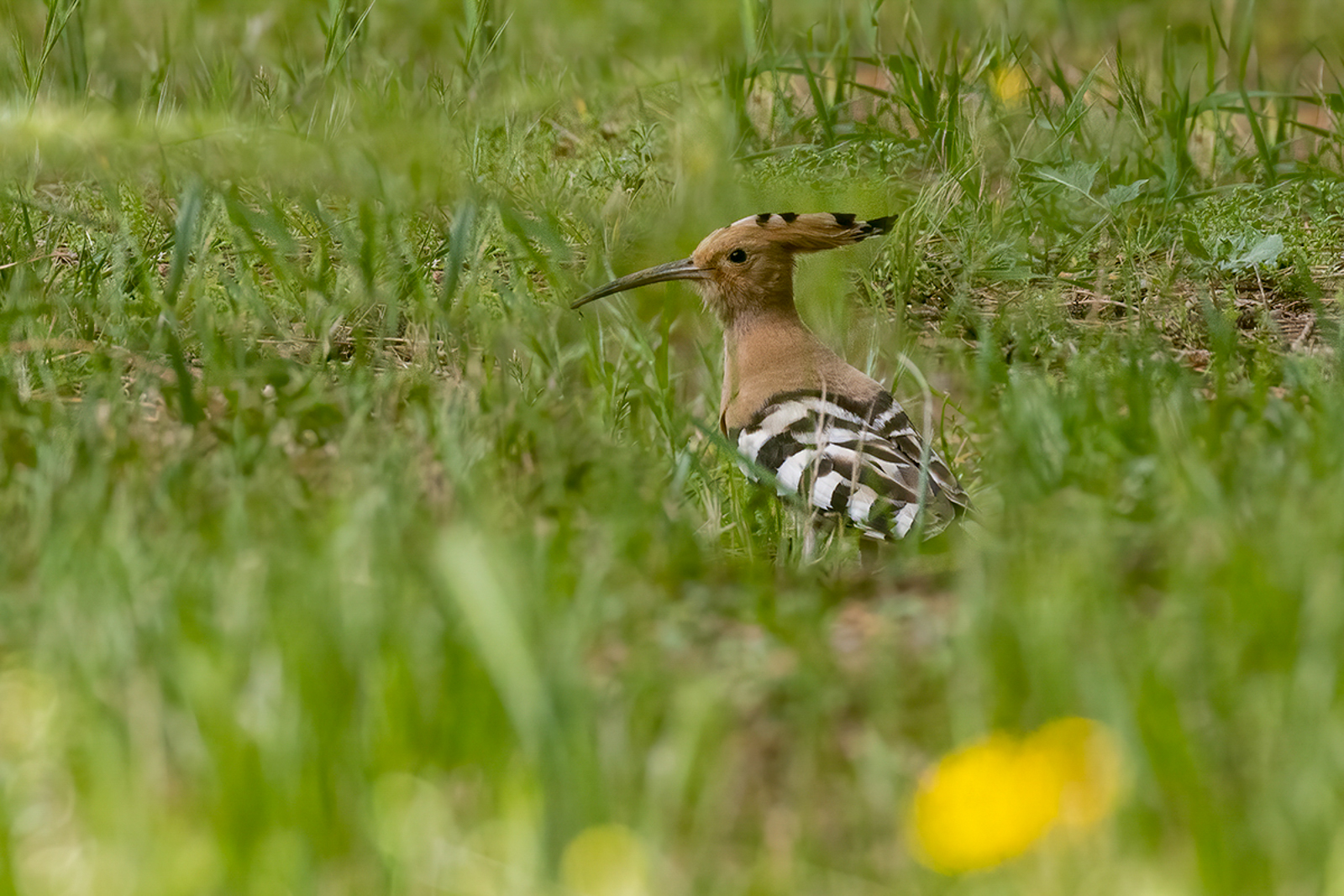
Common Hoopoe © Javi Elorriaga
Day 9 – Steppe Birds, Goat Cheese & Trujillo
We set out early for the plains north of Trujillo, a vast pastureland dotted with wildflowers and scattered farmsteads. Our main target was the Great Bustard, with the males among the heaviest flying birds in the world. Soon we found a group, some of them performing their characteristic “foam bath” courtship display. Pin-tailed Sandgrouse were first heard, then seen as they passed overhead.
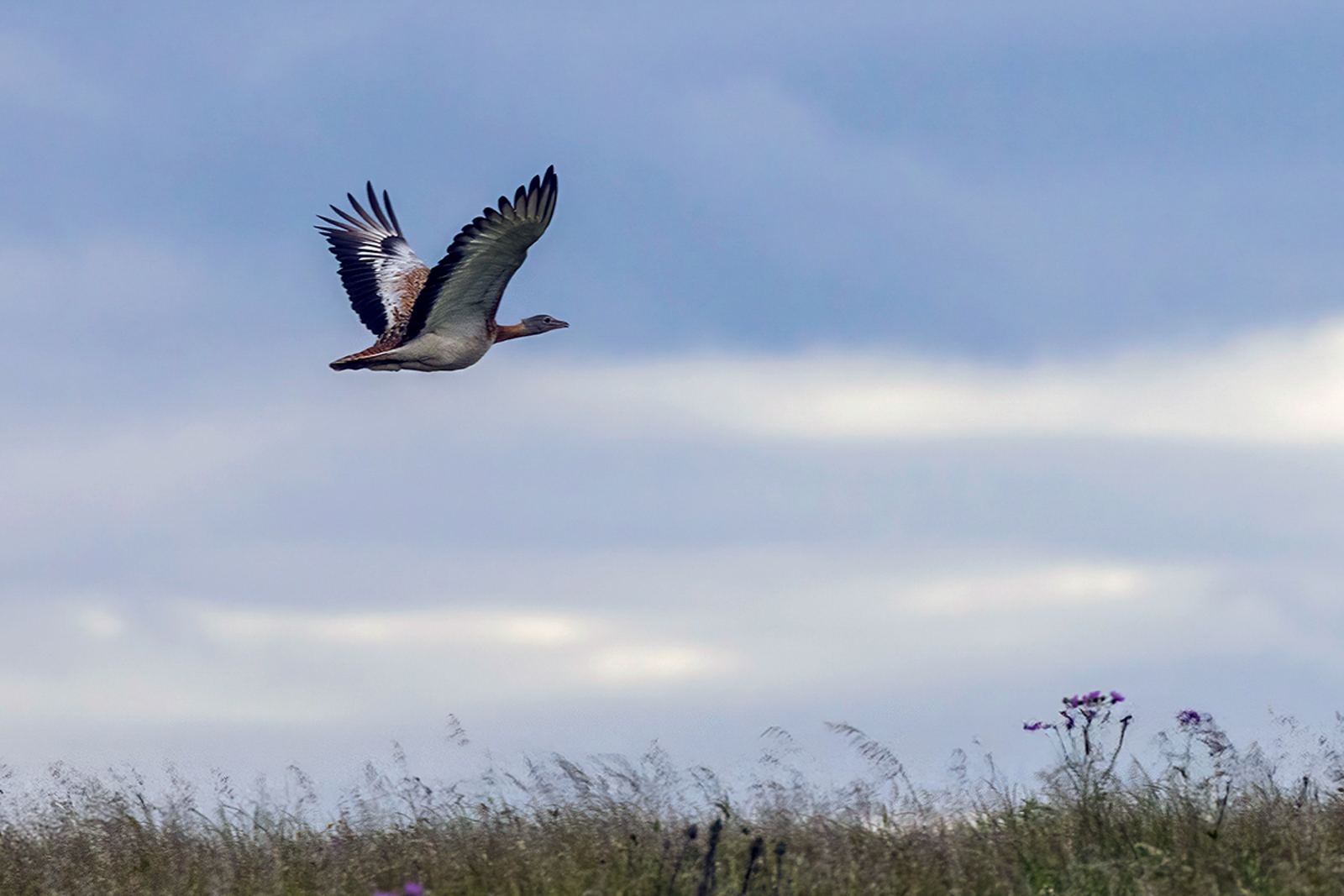
Great Bustard © Javi Elorriaga
A mid-morning stop in the remote village of Santa Marta de Magasca brought a warm welcome from our friends at the only bar, complete with two excellent tortillas de patatas. The next highlight came shortly after, with European Rollers occupying nest boxes. At a traditional goat cheese farm, we tried our hand at milking, and enjoyed a cheese tasting, ¡all while two Spanish Imperial Eagles soared overhead! Next, we continued to Trujillo — one of Spain’s most beautiful towns — whose grand square, framed by arcades and Renaissance palaces and crowned by Pizarro’s statue.
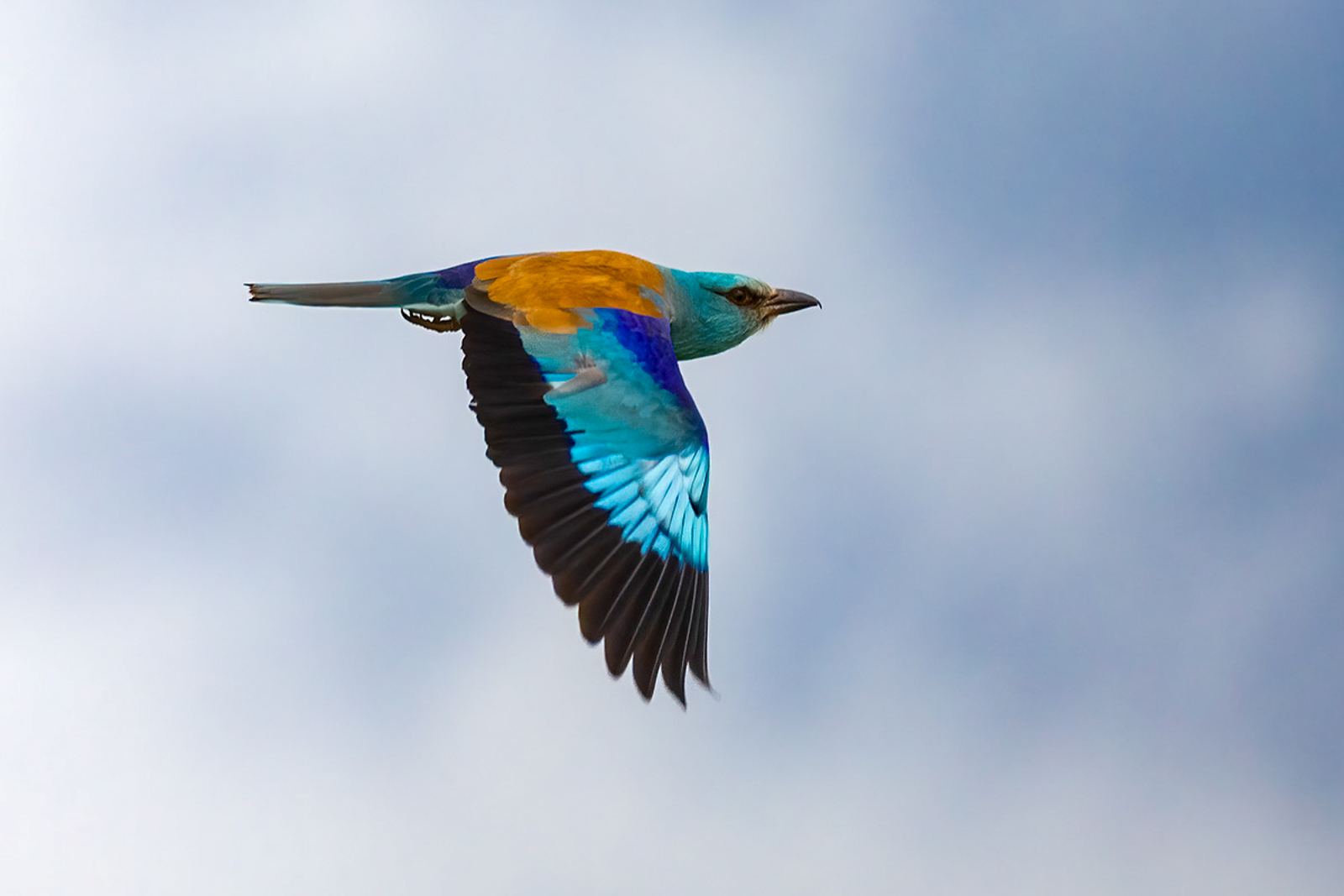
European Roller © Javi Elorriaga
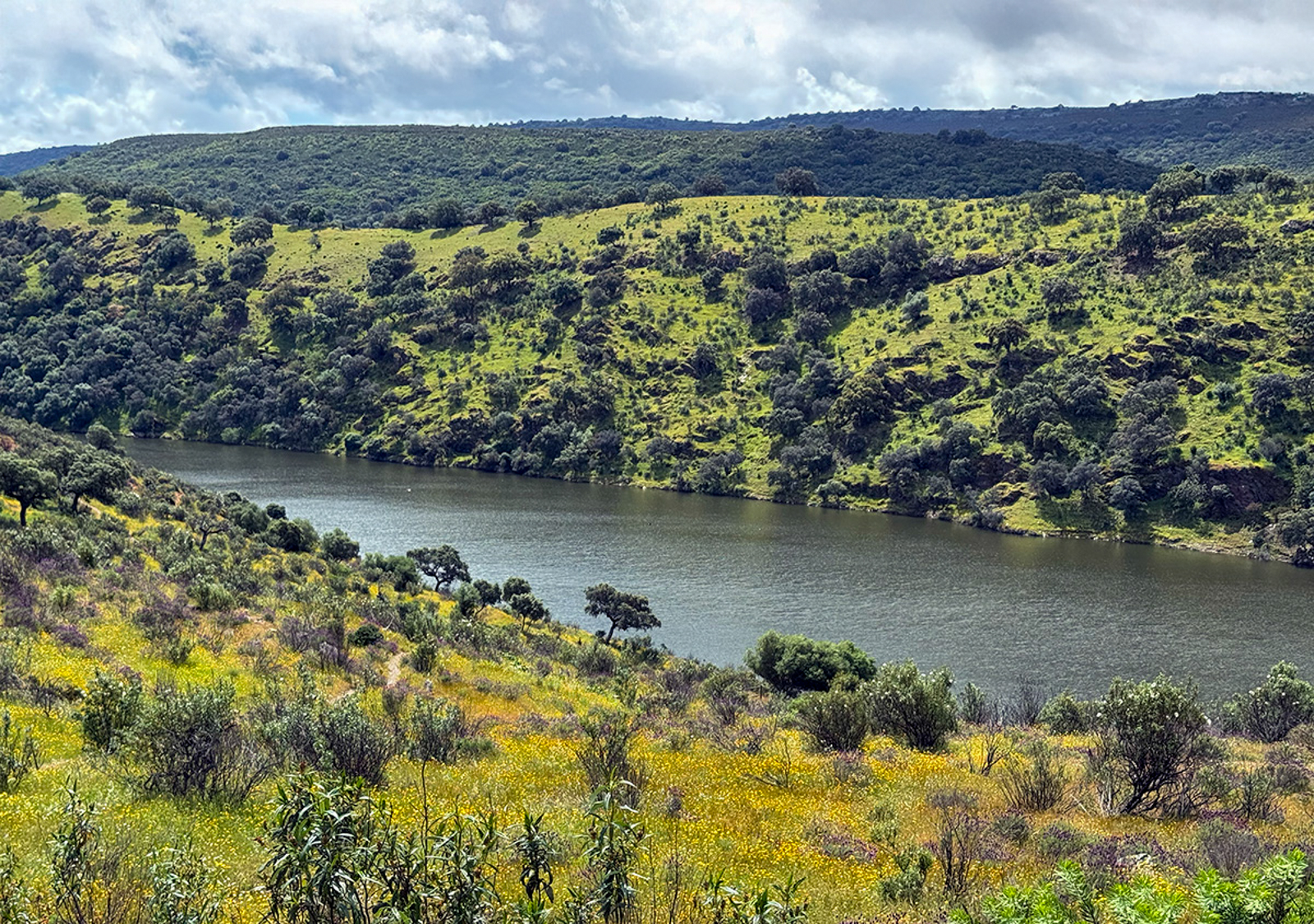
Extremadura © Javi Elorriaga
Day 10 – Monfragüe and Saucedilla Lagoons
We began the morning with an optional pre-breakfast outing to the plains to try once more for Little Bustard. Despite scanning thoroughly, the unusually tall spring grass hid any non-flying birds from view. Still, we enjoyed a female Great Bustard before returning for breakfast. The rest of the day was spent exploring, at an unhurried pace, Monfragüe National Park — one of Spain’s premier birding destinations, renowned for its exceptional raptor populations. We were treated to unforgettable close-range views of Griffon, Egyptian and Cinereous Vultures, as well as several pairs of Black Storks nesting around the cliffs — without doubt one of the trip’s great moments.
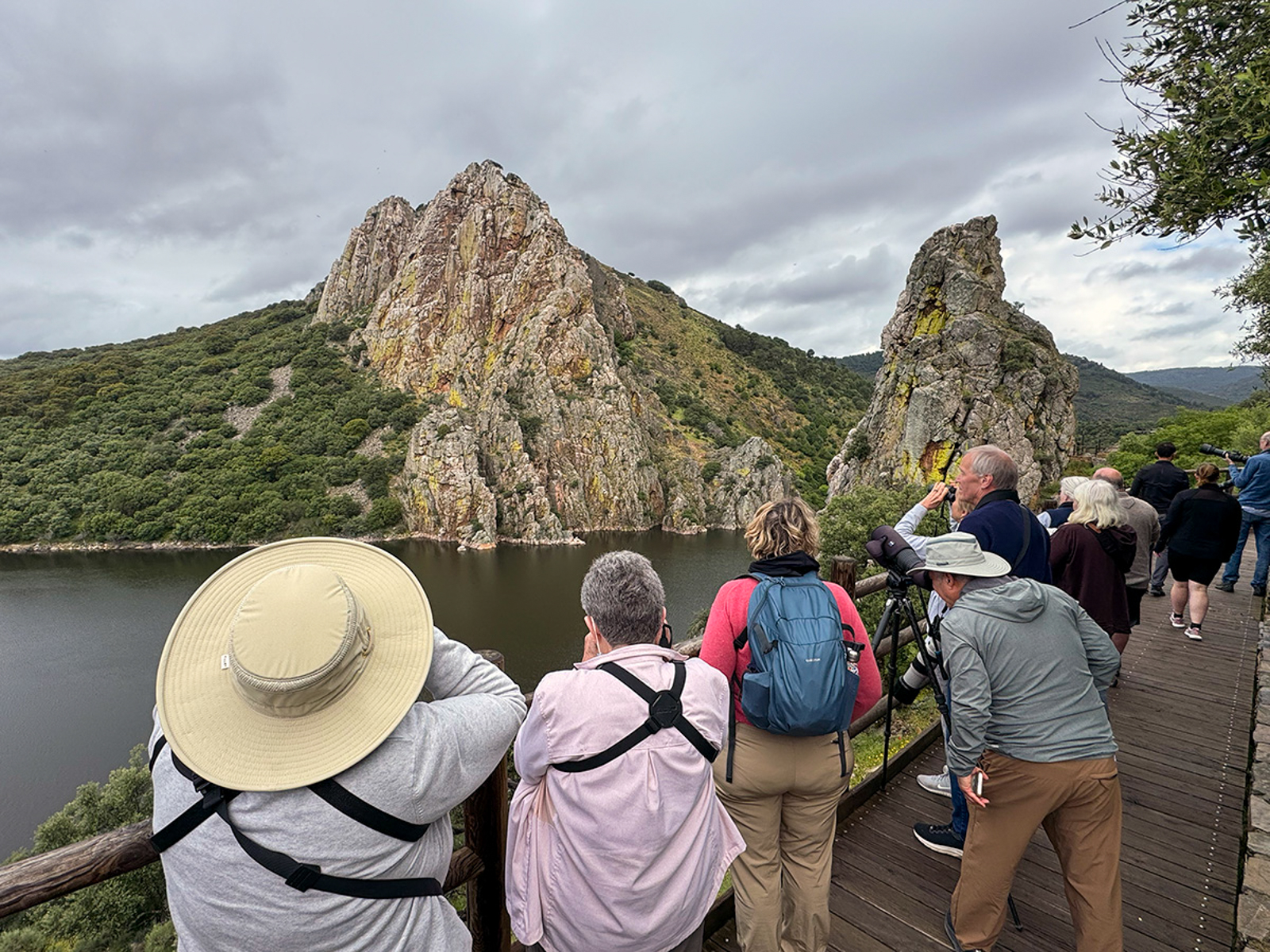
El Salto de Gitano, Monfragüe National Park © Javi Elorriaga
Further stops brought Western Subalpine and Dartford Warblers, Bonelli’s Eagles circling over their nest site, and superb views of another highlight: finding a Eurasian Eagle Owl in daylight. In the afternoon we left the park for the lagoons of Saucedilla, adding a locally are Temminck’s Stint, Black-winged Kites in courtship display, Ferruginous Ducks and an Iberian Shrike feeding its chicks. We returned to the hotel under heavy rain after a day packed with highlights.
Day 11 – Farewell to Monfragüe and Road to Gredos
We couldn’t leave Extremadura without one last stop at Salto del Gitano in Monfragüe. Some of us preferred to enjoy a little more rest at the hotel before breakfast. Afterwards, we continued our journey towards the Gredos Mountains in central Spain, their snow-capped peaks looking spectacular on the horizon. Our destination was Hotel Almanzor, a family-run establishment entirely dedicated to birders. One of its most remarkable features is the spacious indoor blind offering close views of birds visiting the feeders. After a good rest, we set out for a brief exploration once the day had cleared. It proved highly rewarding, with encounters including a White-throated Dipper on a rushing stream, Long-tailed Tits and Eurasian Crossbills feeding above us.
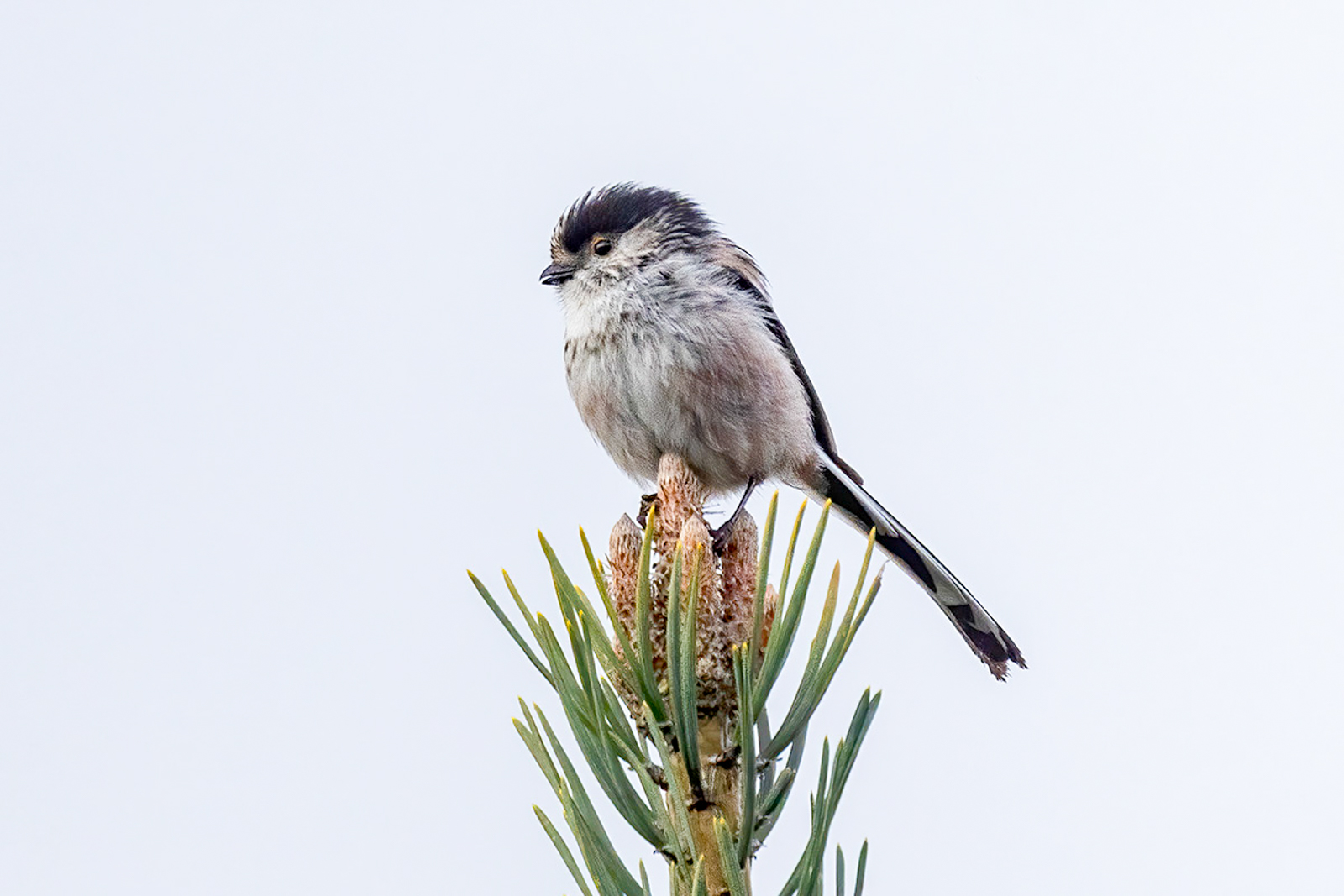
Long-tailed Tit © Javi Elorriaga
Day 12 – Mountains of Gredos and Road to Madrid
Our last morning of birding had to be earned — the unstable weather came with a sharp drop in temperature as we reached the snow line, forcing us to adapt the itinerary on the go. In a short walk around the hotel grounds, we found an Iberian Green Woodpecker.
Above the tree line, alpine meadows hosted Skylarks and Whitethroats in song, while Water Pipits and Dunnocks called along clear mountain streams. Northern Wheatears hopped across the boulders, and a Red Fox put on quite a show. Below us, a large group of male Iberian Ibex showed their impressive horns. An Ortolan Bunting gave us superb roadside views. At noon, we returned to the hotel for a warm lunch.
From there, we drove to Madrid for our final night together at a very comfortable hotel conveniently located near the airport. We celebrated the end of our journey with a hearty farewell dinner.
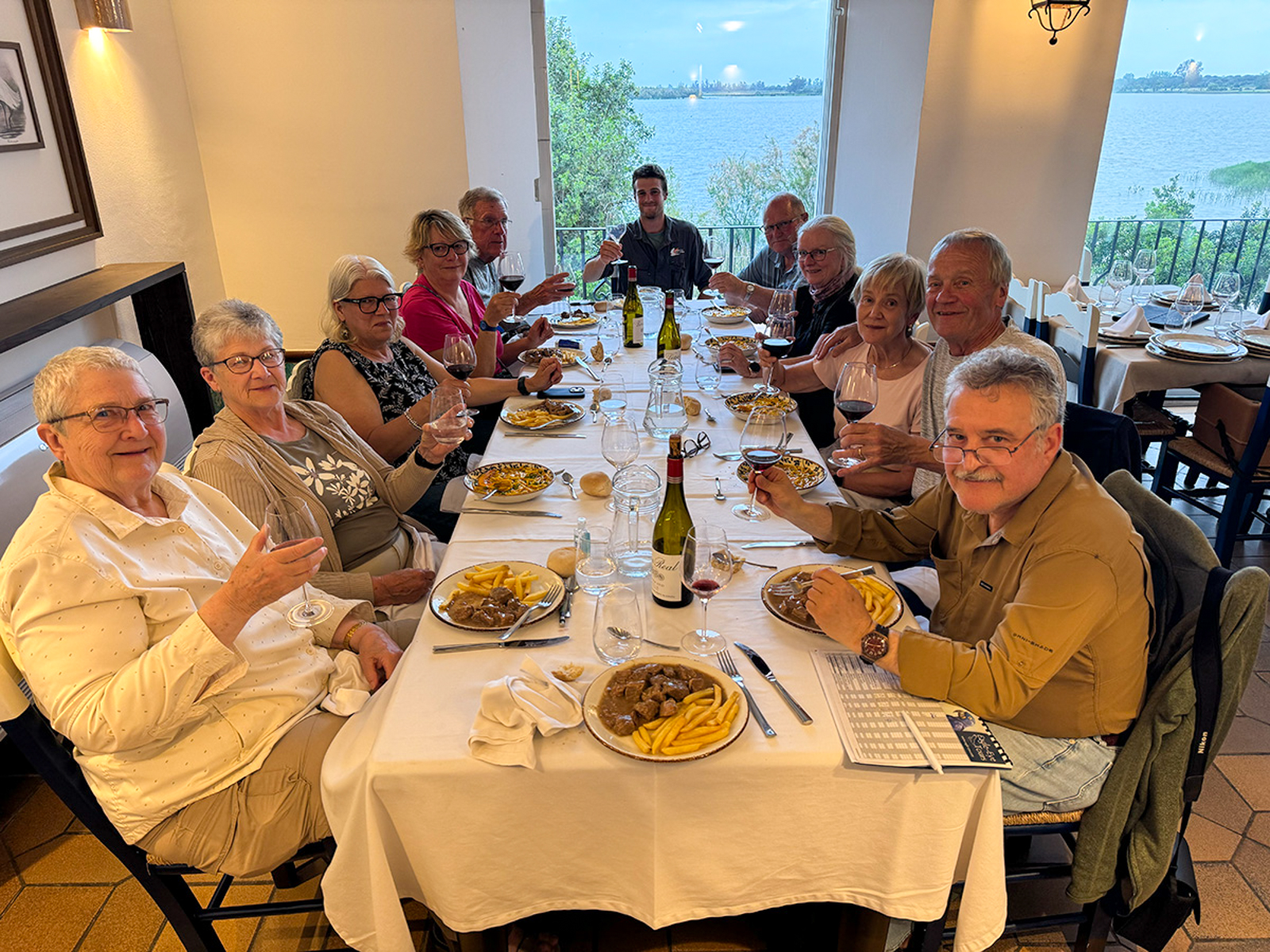
Group in Doñana © Javi Elorriaga


